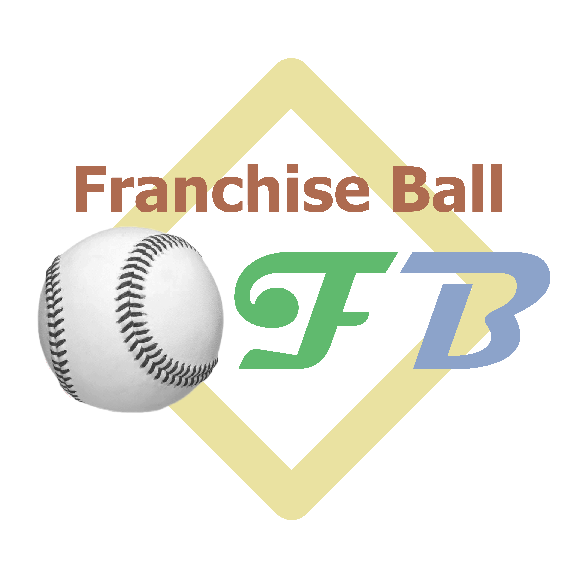Each player has a defensive rating between 1 and 100. The higher the value, the greater the ability to make plays upon a hit being directed their way. For every action play when contact is made with the ball (ground balls, liners, fly balls, etc), there is a hit direction associated with the play. Five basic directions are associated with each action play : left, left center, center, right center, and right. Infield or outfield depending on the arc and power of contact.
The Hitting Range Grid

From left to right, a rating of 1 - 5 is associated with each player's hit range potential. These values represent the odds of a player hitting the ball in a particular direction. The numbers in this grid will always add up to 15. So for example, this player grid has a 5 for hitting to the right side. 5 / 15 = 1 / 3. So one third of the time, this player will hit to the right side. He has a 3 for hitting up the center. 3 / 15 = 1 / 5, this player will hit up the center approximately 1/5th of the time.
Factoring defense into your strategy
When deciding which fielders to place in your roster, it can be advantageous to observe your opponents roster and their player's hit range grids. This will give you insight on what defenders to use, based on their defense ratings. For example, if their roster contains alot of power on the left side, it would make sense to include a higher defense rating player for your 3rd baseman, and your left fielder. The following list shows which players are in play for each direction range :
| Direction | Infielders | Outfielders |
| Left | 3B | LF |
| Left Center | 3B, SS | LF, CF |
| Center | SS, 2B | CF |
| Right Center | 2B, 1B | CF, RF |
| Right | 1B | RF |
